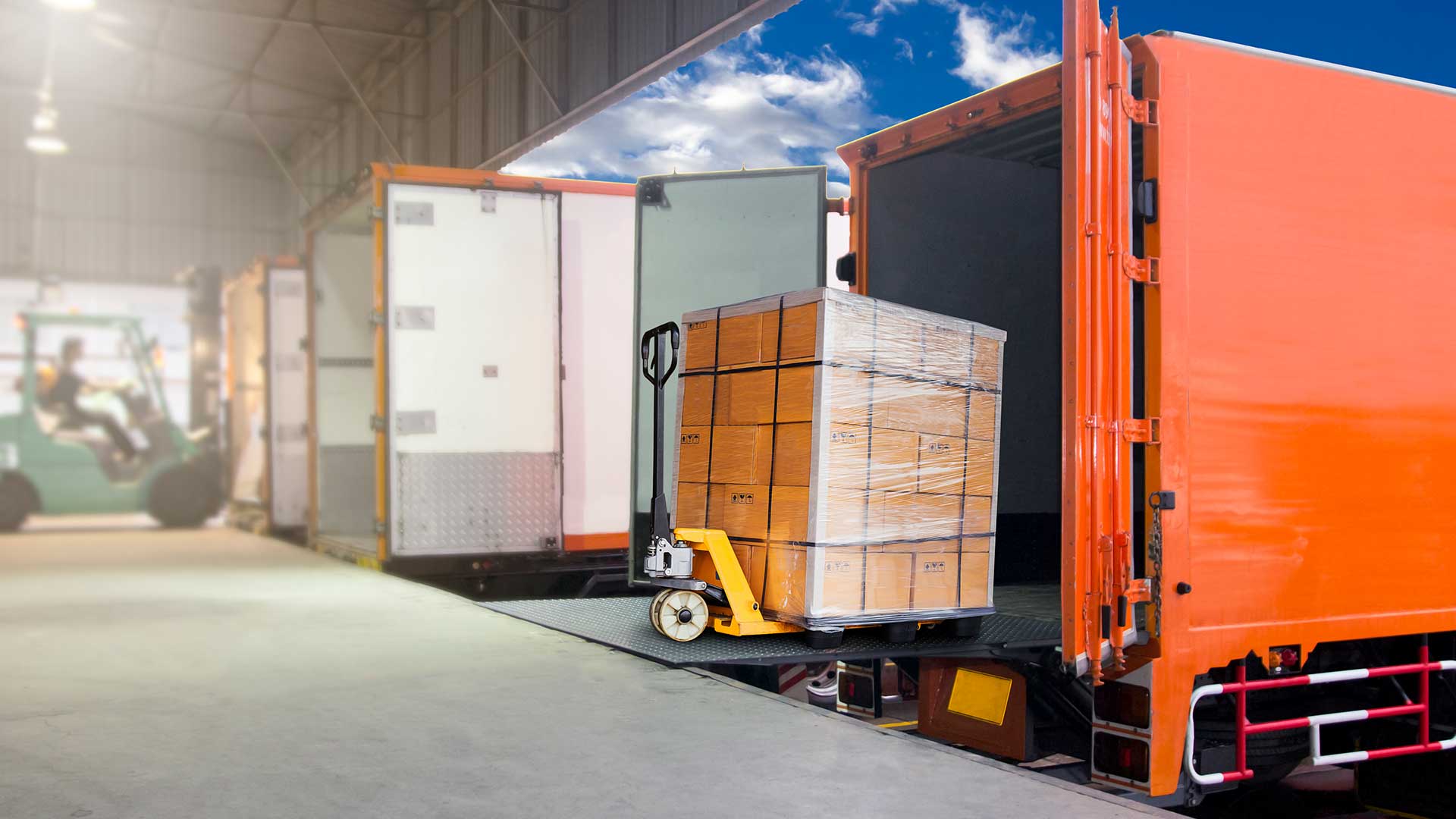This post has already been read 11074 times!
The 7 Critical Capabilities for Optimizing Direct Procurement and the Inbound Supply Chain
What do you need to run a world class inbound supply chain?
To really optimize your direct procurement and inbound supply, you can’t simply focus on your “procure-to-pay” processes for purchasing and accounting. In this post, we’ll look at what you need to enable a new collaborative relationship between manufacturers, their suppliers, co-manufacturers, logistics providers and customers. It’s frictionless supply chain network that enables us to optimize decision making, increase resilience, and unlock enormous business value for all parties.
The Top Inbound Supply Chain Challenges
The challenges faced in effectively managing the inbound supply chain are numerous.
Poor Data-Sharing
This can manifest in numerous ways, from poor quality data, a sheer lack of critical data, or delays in sharing data. This affects the ability to plan and execute, and severely hampers the ability to react when demand shifts or problems arise. Even when companies send weekly or daily communications to suppliers, communications can lag dramatically the further down the supply chain, making it difficult for partners to align and act in unison.
Managing Inventory
This is a constant battle and trade off, between to the high cost to maintain high inventory levels but ensure adequate supplies; and on the other, reducing costs by carrying less inventory but risking critical out-of-stock situations. The latter can be very costly, resulting in lost production time, unplanned overtime, production line setups and teardowns, as well as high logistics costs. When you have excess inventory, you bear inventory costs. When you have too little inventory, you bear it in transportation costs, expediting freight to cover your shortages. Thus effective inventory management and optimization is crucial.
Recommended: [Webinar] Optimizing the Inbound Supply Chain
Continuous and Resilient Supply
Most importantly in today’s environment, you’ll want to ensure a resilient supply process is in place, one that provides for a continuity of supply and minimizes disruptions to operations and your customers. Part of this includes a streamlined and highly efficient process for rapidly on-boarding qualified suppliers worldwide and the ability to quickly ramp your supply network up or down in response to demand or supply shifts, regulatory, geopolitical changes or natural disasters, such as the recent pandemic.
Supplier Performance Improvement
To be successful, your company should monitor and be willing to be judged on the quality of your order forecast to suppliers. In return, you can evaluate suppliers and hold them accountable on supplier delivery performance. It’s this transparency and consistent improvement, driven by objective metrics, that leads to increasing performance improvements, trust and success.
Enterprise Technology
And last but certainly not least, are enterprise systems that are a source of disconnects and delays that drive many inefficiencies in managing the inbound supply chain. Companies I speak to have dozens, and often over a hundred separate ERP/MRP instances. This makes it impossible to have consistent standards and processes for replenishing components and raw materials.
The top 5 challenges for efficient inbound supply chain management: #1 Poor Data Sharing – the root of many supply chain problems, missing data, wrong data, and outdated data… Share on XAchieving World Class Procurement and Inbound Supply Chain Performance

To excel in procurement and all it takes to manage and optimize your inbound supply chain, you need to make sure your supply chain platform includes these crucial capabilities.
1. Orchestrate All Inbound Supply
Your business will require a comprehensive platform for managing the flow of raw materials, intermediates, parts, and components from supply to assembly or manufacturing to final assembly and packaging across your business. Your supply platform must also include workflows well beyond basic ordering, including forecasting, planning, collaboration, executing and delivering material orders. You’ll need early alerts for material and logistics issues, as well as ways to identify, resolve, and automate issue resolution to the greatest extent possible.
2. Correlate and Track Every Transaction
You’ll need control and visibility over the entire life cycle of each transaction with full insight into cash flow and financial commitments. Procure-to-Pay services will also need to integrate purchasing, logistics, and financial operations into a single environment, so you can track each order from beginning to end, shipment for the order, invoice, etc. Services should include supply management, requisition, sourcing, order management, logistics tracking, invoice management, and data feeds to payables (external payment systems).
3. Propagate Demand to Upstream Tiers
Your system should propagate demand from finished goods all the way back to the n-level vendor tier in near real-time. It will also need to compute net requirements accurately, based on stock on-hand, on-order and your replenishment policy to generate accurate order forecasts (i.e. inbound supply requirements). Distributors and vendors will need the ability to view and operate with accurate long-term forecasts so they can plan their capacity and distribution accordingly.
Recommended: [Webinar] Optimizing the Inbound Supply Chain
4. Autonomous Reallocation of Inbound Material
You may need to dynamically plan and execute “milk runs”—where consumed materials or parts are replenished on a regular basis—according to real-time data. You’ll be able to reduce the risk of shortages by autonomously matching demand and supply around the clock. As demand across each facility changes, you’ll want intelligent agents to automatically reallocate materials in transit accordingly.
5. High Precision Matching of Deliveries with Requirements, and Better Accountability
Most companies have heavily invested in their MRP systems. These create forecasts and firm orders where suppliers ship according to shipping instructions, typically specified on a weekly basis. Loose requirements on shipping often means suppliers can ship to deliver on Monday even though the real need is in the latter part of the week, say Thursday or Friday. This triggers inventory violations for you at the beginning of the week. It’s far better to instruct suppliers to ship and arrive at the time your factories actually need it, and measure supplier performance accordingly. More precise instructions to your suppliers, along with improved tracking for greater accountability will go a long way to improving alleviating inventory issues and smoothing the flow of supplies to your plants.
"The first MRP systems of inventory management evolved in the 1940s and 1950s. They used mainframe computers to extrapolate information from a bill of materials for a specific finished product into a production and purchasing plan." -Investopedia Share on X6. Integrated Logistics
A real-time platform is essential to ensure responsiveness so that material supply meets fluctuating demand. It will also help maximize container and shipment use, right-sizing the container, consolidating deliveries into a run, and reduce expediting costs, to dramatically lower your overall transportation costs. To do this, it needs to aggregate demand, as well as source materials and transportation requirements across the supply chain. It should offer an integrated view of supply, demand, production capacity, and transportation across both internal manufacturing operations and the operations at suppliers and service providers.
7. Real-Time Visibility and Collaboration Across Logistics Providers
Your platform must include end-to-end, real-time visibility for material and logistics planners. It needs to integrate materials management and logistics for inbound, outbound, international, domestic, and cross-border transportation. This should be presented in consolidated views that eliminate the need to manually track shipments via email and phone. And let’s not forget that you need global trade document and milestone management, multi-modal and multi-leg shipment visibility, global milestone management, alerting, and third- or fourth-party logistics integration services.
Networks Meet the Challenges of Inbound Supply Chain Management
That’s a lot to ask of any platform! The good news is that real time business networks are enabling these capabilities and more. They bring true multiparty, multi-tier visibility and collaboration across all functions of the supply chain, including: Demand Management and Forecasting; Global Visibility (to Demand and Supply); Global Supply Demand Matching; Logistics Management; Supplier Collaboration; Procure-to-Pay; Inventory Optimization (multi-echelon); and a lot more.
For the details, download the report: Optimizing Direct Procurement.
You might also like…
Recommended Posts
- How to Use Predictive Analytics to Streamline Cross-Border Logistics
- AI Plus Humans for Resilient Freight Forwarding in a Complex World
- Modern Defense Supply Chains: The Essential Capabilities for Multi-Domain Operations
- Optimizing Inventory and Logistics for Luxury Retail
- Modernizing Defense Supply Chains
- Modernizing Defense Supply Chains - January 11, 2025
- Supply Chain Crossword Challenge - October 30, 2024
- Infographic: 6 Requirements for Transforming Supply Chains with Artificial Intelligence - June 10, 2024
